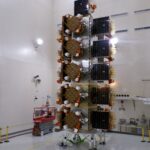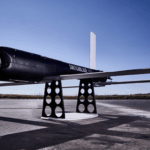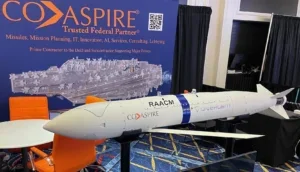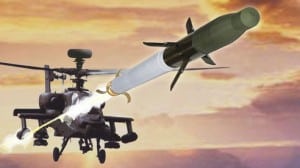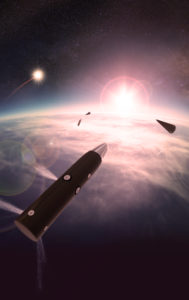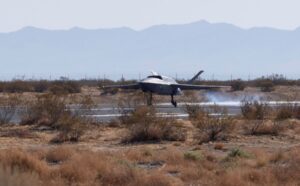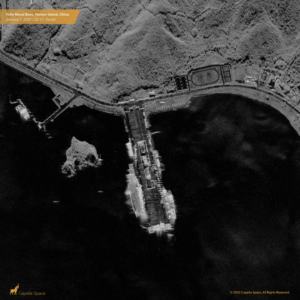
KISSIMMEE, Fla.—The National Geospatial-Intelligence Agency (NGA) on Monday released two solicitations, one for its $200 million commercial analytics services effort called LUNO B, and the other a pilot to for the acquisition of commercial analytics around maritime domain awareness. LUNO B follows LUNO A, a $290 million program currently in source selection that will allow multiple vendors to compete for task orders to provide analytics for monitoring global economic, environmental, and military activity. Offers for LUNO B are due by…

 By
By 